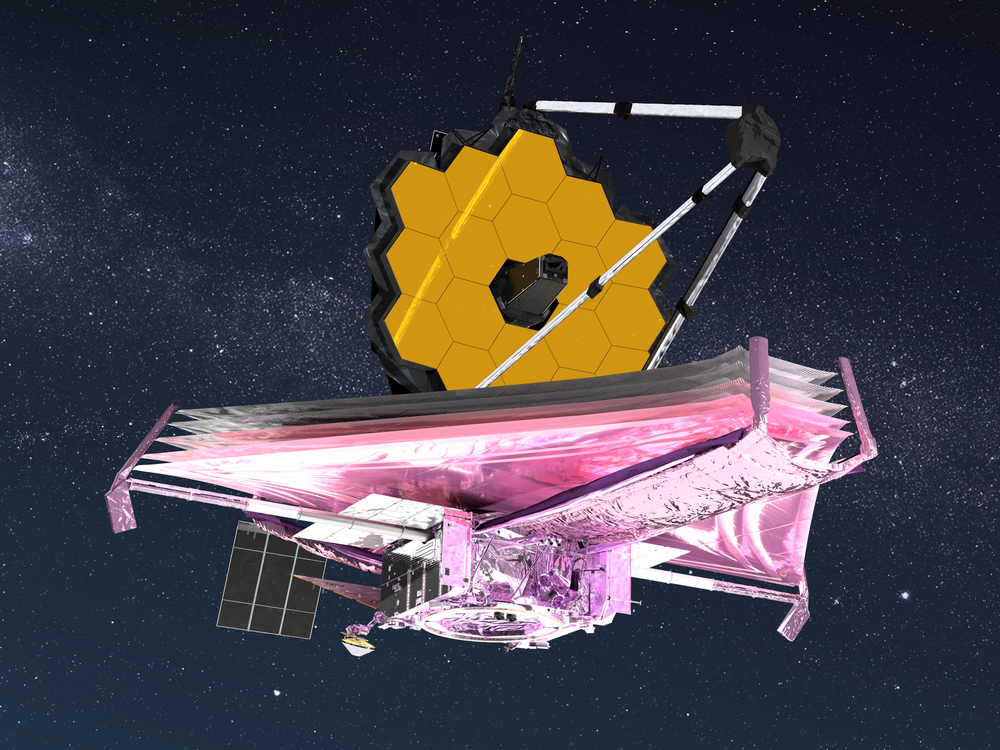The long process of preparing the James Webb Space Telescope for the collection of scientific data continues. The NASA engineering team has achieved another goal by fully tuning and calibrating three of its four instruments. These include a near-infrared spectrograph, or NIRISS, a near-infrared spectrometer, or NIRSpec, a near-infrared camera, or NIRCam, as well as Fine Guidance Sensor, or FGS.

Remains the last uncalibrated device
One MIRI mid-infrared instrument remains uncalibrated. The last must be cooled to an extremely low temperature — only 7 degrees Kelvin. MIRI is still in the process of cooling down to operating temperature, and once it reaches this milestone, it can also be adjusted.
The calibration process is a set of careful, very fine adjustments of each instrument. This is necessary to determine their exact position to receive light from the large main mirror of the telescope. A few weeks ago, the telescope’s mirrors were combined with its main camera, called the NIRCam.
Adjusting the secondary mirror by James Webb
The James Webb team planned to adjust the telescope’s secondary mirror. It is a smaller round mirror at the end of the arm. However, it turned out that their alignment was so precise that it was not necessary. Therefore, engineers will wait until MIRI has completely cooled down before making any final adjustments to the secondary mirror in the seventh stage.
After the MIRI has cooled down and all four instruments have been calibrated, the second stage of tool alignment will begin for small settings or adjustments. After the setting is completed, the team will be able to start preparing for the start of observations of the Universe this summer.
“The commissioning process begins with rough adjustments. Then comes the stage of accurate calibrations. However, the early rough corrections of the secondary mirror were so successful that accurate calibrations in the first iteration of the sixth phase were unnecessary. This achievement was made possible thanks to many years of planning and well-coordinated teamwork of the group,” said Chanda Walker, a researcher at Ball Aerospace in a NASA blog.
Follow us on Twitter to get the most interesting space news in time
https://twitter.com/ust_magazine

